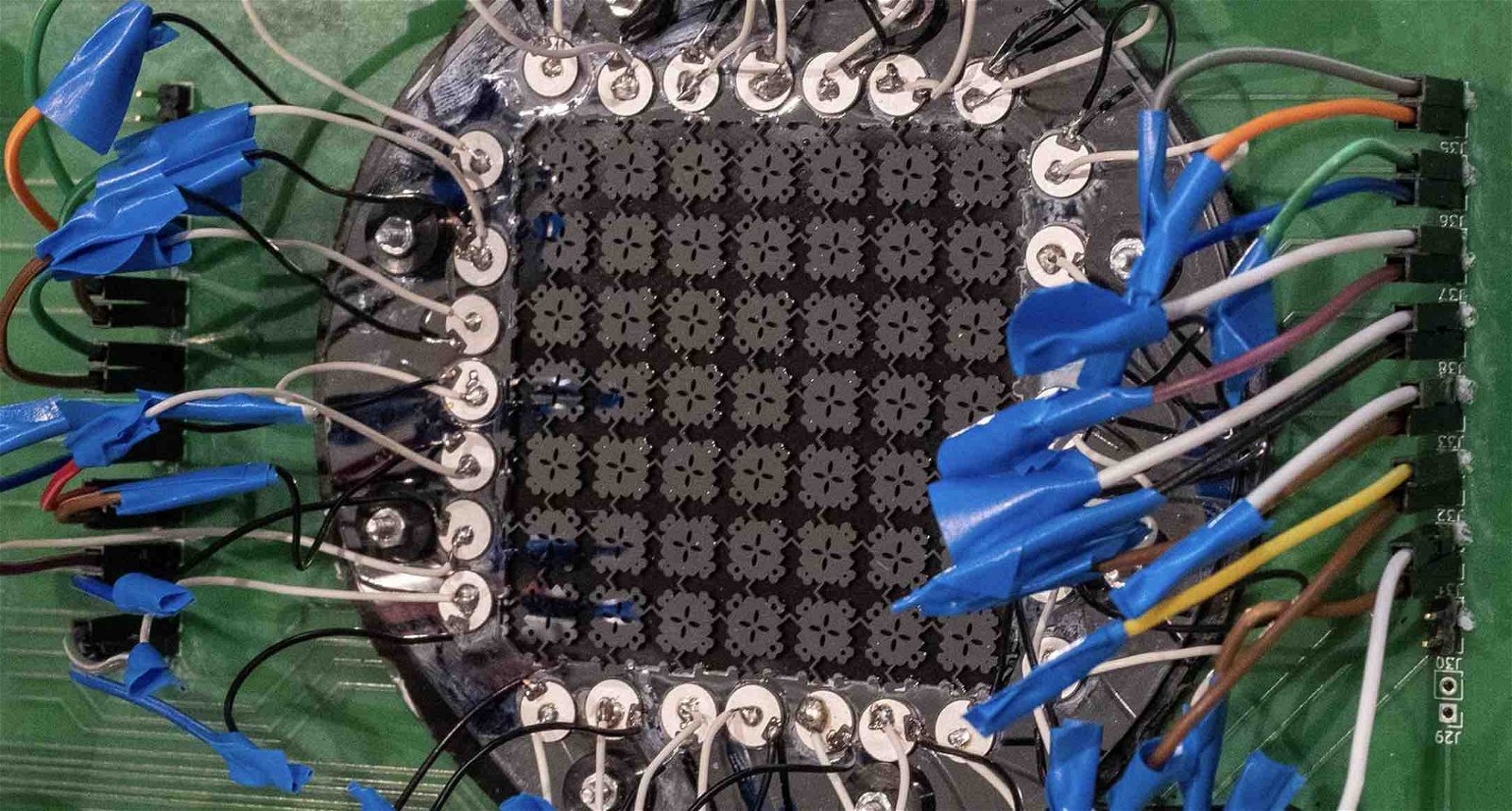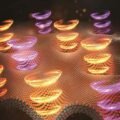Swiss researchers have developed a sensor that is powered exclusively by sound and can be activated by a single word. The patented device could replace millions of sensors worldwide that depend on batteries for power and could lead to customized applications that can be turned on and off with a single word.
While no devices currently employ the team’s sound-powered sensor, the researchers behind the novel device say they are hoping to attract commercial partners in the next few years.
Sensors Powered Exclusively By Sound Could Replace The Need For Millions of Batteries
Nearly all sensors designed for industrial and medical applications require batteries for power, meaning those batteries need to be changed periodically. Unfortunately, this has limited the widespread use of often critical sensors like those that monitor bridges for breaks or retired gas wells for leaks due to the cost and labor-intensive nature of constantly replacing those batteries.
In medical applications, this situation is even direr, with implantable components like heart-assist pacemakers and anti-fibrillation devices requiring surgery to change their batteries.
Hoping to change that equation while simultaneously lessening the millions of batteries disposed of every day, researchers from ETH Zurich have developed a patented device that is powered exclusively by sound. Even more tantalizing, the device can be designed to react to particular sounds differently, leading its inventors to envision sensors that can be turned on and off with a single word or a specific sound.
Sensor Can Be Designed to Distinguish Between Individual Words or Sounds
In their published research, which appears in the journal Advanced Functional Materials, inventors Marc Serra-Garcia and ETH geophysics professor Johan Robertsson explain how they were able to use ordinary materials to create their seemingly magical sensor.
“Our sensor consists purely of silicone and contains neither toxic heavy metals nor any rare earths, as conventional electronic sensors do,” Serra-Garcia explained. Instead, the duo focused on the design of their sound-powered device to allow it to activate when exposed to the vibrations caused by sounds.
The key to their patented design involves placing “dozens” of identical (or similarly structured) placed in series and connecting them with tiny bars that act like springs. When these plates are exposed to sound vibrations, their movement creates an electric current. In most small sensors, this current is powerful enough to do the job without any batteries or other external power sources.
“The sensor works purely mechanically and doesn’t require an external energy source,” said Robertsson. “It simply utilizes the vibrational energy contained in sound waves.”
Perhaps even more intriguing, the tiny bars can be customized to react to certain sounds and not others. For example, a sensor monitoring the integrity and safety of a bridge would be subjected to constant sources of sound. However, this sensor could be “programmed” to react only to the distinct sound of cracks forming in the bridge’s structure. The device’s inventors say that this same principle also applies to the varying sounds made by different words.
“It can distinguish between the spoken words “three” and “four,” they explain. “Because the word “four” has more sound energy that resonates with the sensor compared to the word “three,” it causes the sensor to vibrate, whereas “three” does not. That means the word “four” could switch on a device or trigger further processes. Nothing would happen with “three”.
An Even Smaller Sensor Powered Exclusively by Sound is on the Way
Having already received a patent for their initial design, the researchers say they have since applied for a patent on a much smaller yet similarly constructed device. This change in size, they note, opens up even more potential applications for their technology, including use in medical devices that don’t currently exist.
“There isn’t enough space in the eye for a sensor with a battery,” explained Serra-Garcia. But, he explains, their sensor could be used to create a sensor that monitors eye pressure or other biological functions where battery-powered sensors are simply not viable. Such a device could also replace the battery in a cochlear implant since its small size requires users to change them every twelve hours.
Moving forward, Serra-Garcia says that they see a number of applications for their sensor powered exclusively by sound beyond medical and safety devices. “There’s a great deal of interest in zero-energy sensors in industry, too,” he explained.
As far as when we may see sound-powered devices that can be controlled with a single word or sound, the inventors say they have a three-year plan in mind. First, they hope to find an industry partner capable of launching a working prototype by 2027. If that doesn’t work, they say they would consider venturing out on their own
“If we haven’t managed to attract anyone’s interest by then, we might found our own start-up,” Serra-Garcia said.
Christopher Plain is a Science Fiction and Fantasy novelist and Head Science Writer at The Debrief. Follow and connect with him on X, learn about his books at plainfiction.com, or email him directly at christopher@thedebrief.org.

